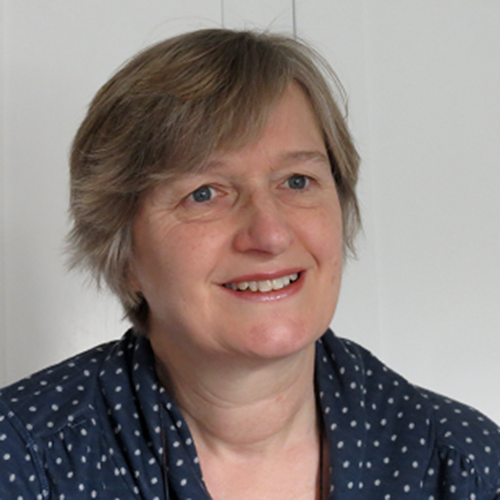May 2019 issue out now ...
The relationship between educational researchers and practising classroom teachers is sometimes an uneasy one, with some commentators finding surprisingly little common ground between the two, and many speaking of gaps that need to be bridged or barriers that need to be broken down. However, both sides are, to a greater or lesser extent, engaged in the same quest: understanding the issues that are relevant to the teaching profession, and finding answers to questions which have an impact on how we teach and learn. A number of articles in this issue look at research and enquiry, and the essential human trait that underlies them both: curiosity.
In our main feature, Ben Beaumont examines how teachers can involve themselves in their own classroom enquiries, successfully navigating the conventions of research to devise sensible objectives and find approaches that are appropriate to those objectives.
Roz Parfitt and Chris Reid report on some classroom research that they have undertaken: trying different types of drilling
(and no drilling at all) and identifying the effects on their learners’ ability to pronounce new vocabulary correctly.
For Mark Trevarton, it isn’t only the teacher who should be interested in what is really going on in the classroom. He advocates ‘reflection stages’ in which the students themselves are encouraged to take a moment to reflect on what they have learnt and to see what its relevance might be to their lives now – or to their future lives.
Chris Payne explains how Process Instruction may have positive implications for overcoming the grammatical mistakes often made by language learners. He reports that research evidence so far suggests that it is an approach that works, though there is a need for further investigation into its effects on English language learning in particular.
Chris Roland pays a visit to an immersion centre for very young learners in Russia and discusses with its co-founder, Anastasia Bykova, why it is so successful and what lessons he might take back to his own teaching context. He demonstrates the value of investigating contexts other than our own, to see what we might learn from them.
Tim Thompson revisits a TV-inspired business activity that he experimented with over ten years ago when he was teaching in Korea. He considers how and why it worked, and reflects on what he would do differently now if he were to do it again.
Eleni Symeonidou examines how spaced learning might address the issue of trainee teachers failing to transfer what they have learnt on a course into their actual classroom practice. She introduces the idea to a group of novice teacher trainers and exemplifies it in the way she conducts their own training course, finding that it does strike a chord with them, and that they can see how beneficial it would be when they themselves are training teachers.
Nicky Hockly answers five questions on the role of data and technology in classroom research, dealing particularly with privacy issues and the new European data protection laws.
The Scrapbook in this issue is all about curiosity, and is accompanied by two photocopiable worksheets with a ‘shaggy dog’ story about a traveller whose curiosity about a noise in the night leads him to extreme measures in order to find out what it was.
In the words of American humourist Dorothy Parker: ‘The cure for boredom is curiosity. There is no cure for curiosity.’
Helena Gomm
Editor
Email: helena.gomm@pavpub.com


Comments
Write a Comment
Comment Submitted